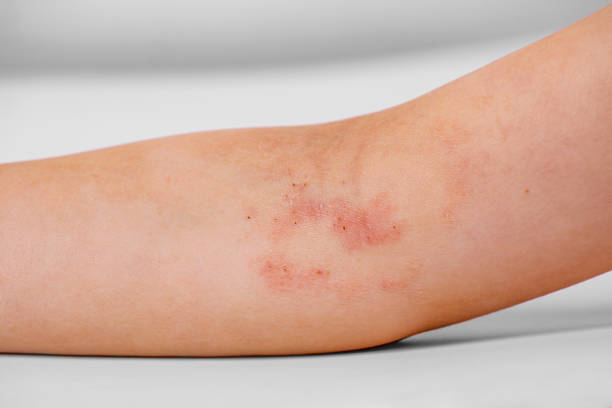Food allergies in children have become a growing concern for parents worldwide. If your child frequently experiences unexplained rashes, stomach pain, or breathing difficulties after eating certain foods, they might have a food allergy. A food allergy test for kids can help identify the specific allergens responsible for these reactions. In this guide, we will discuss different types of allergy tests, their importance, and what parents should expect during the process.
Why is a Food Allergy Test for Kids Important?
Food allergies can cause mild to severe reactions, sometimes leading to life-threatening conditions like anaphylaxis. Identifying the specific allergen helps in preventing unnecessary exposure and ensures a safer diet for your child. A food allergy test for kids provides clarity and allows parents to make informed decisions regarding their child’s nutrition and health.
Types of Food Allergy Tests for Kids
- Allergen Skin Test for Kids (Skin Prick Test)
An allergen skin test for kids, commonly known as a skin prick test, is one of the most widely used methods to diagnose food allergies. During the procedure:
- Small amounts of suspected allergens are introduced to the skin using tiny pricks or scratches.
- If your child is allergic to a substance, a small, raised bump (similar to a mosquito bite) appears within 15-20 minutes.
- The test is generally safe, quick, and provides fast results.
This method is helpful in diagnosing allergies to foods like peanuts, milk, eggs, and shellfish. However, it may not be suitable for children with severe allergies due to the risk of strong reactions.
- Blood Test for Food Allergies
A blood test measures the levels of immunoglobulin E (IgE) antibodies that react to specific allergens. It is recommended for children who:
- Have severe allergic reactions
- Cannot undergo a skin allergy test for kids due to skin conditions
- Need confirmation after a skin prick test
Although the results take longer compared to skin tests, blood tests provide a broader assessment of allergens affecting your child.
- Oral Food Challenge Test
This test is performed under strict medical supervision, where the child consumes small amounts of a suspected allergen. The doctor monitors the reaction carefully to determine whether an allergy exists. This test is considered the gold standard for diagnosing food allergies but must be done with extreme caution.
How to Prepare Your Child for a Food Allergy Test
If your child is scheduled for an allergy skin test for kids, here are some essential preparation tips:
- Avoid giving antihistamines before the test, as they can interfere with results.
- Explain the process to your child to reduce anxiety.
- Ensure they wear comfortable clothing for easy access to the test site.
For blood tests, no specific preparation is needed other than ensuring your child stays calm during the procedure.
Understanding the Results of a Food Allergy Test
Once the test is complete, the results will indicate which foods your child should avoid. The doctor may:
- Provide an elimination diet plan
- Recommend emergency treatments like epinephrine for severe allergies
- Suggest follow-up tests if needed
It’s crucial to work closely with a healthcare provider to ensure your child receives the best care and guidance.
Conclusion
A food allergy test for kids is essential in identifying and managing potential food allergies, helping parents take the necessary precautions to keep their child safe. Whether it’s an allergen skin test for kids or a blood test, understanding the process ensures that your child receives accurate diagnosis and treatment. If you suspect your child has a food allergy, consult a healthcare professional for proper testing and guidance.













